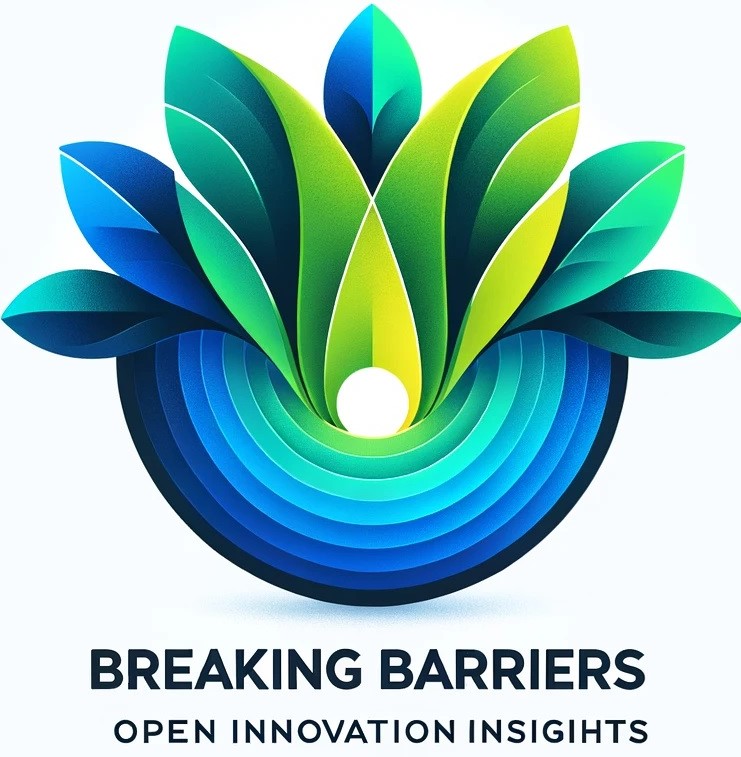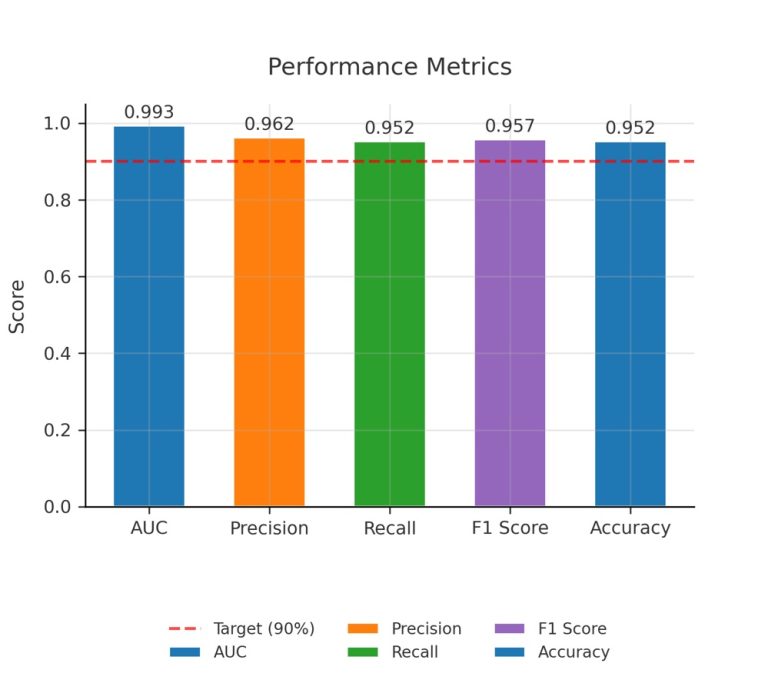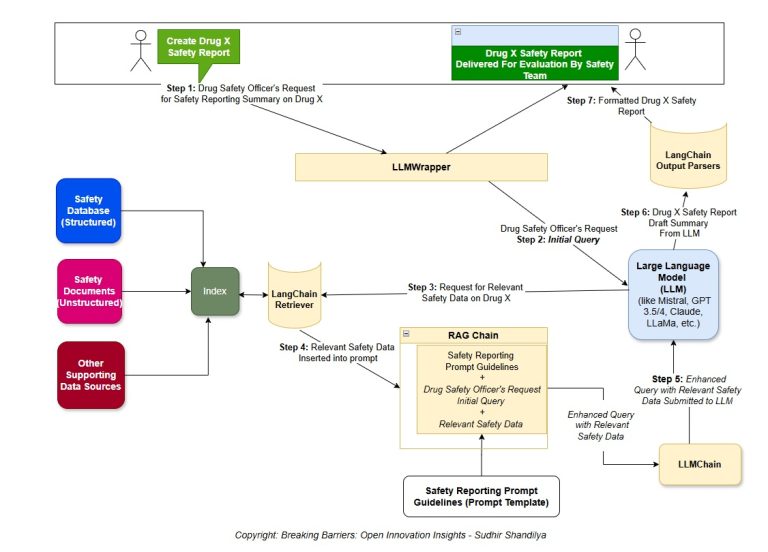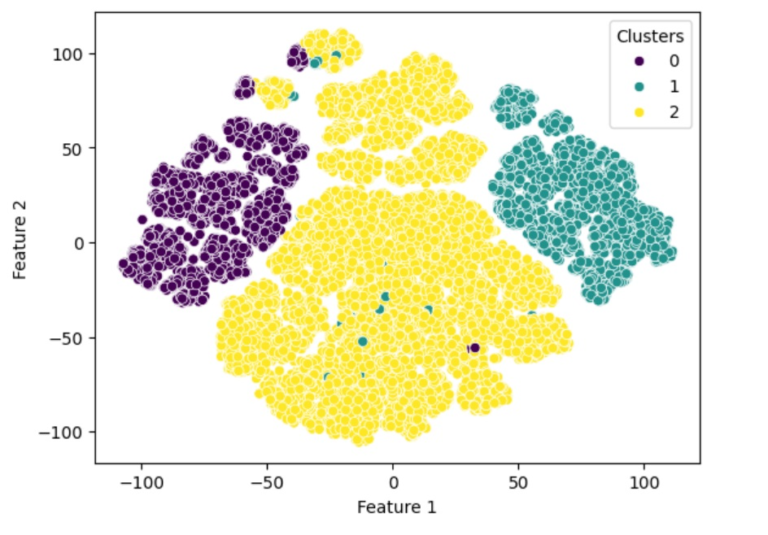
Adopting Agile methodologies can often be challenging, especially in corporate environments where dependencies on non-Agile team members and rigid organizational structures can dilute Agile’s core principles of flexibility, continuous improvement, and collaboration. A shift towards innovative management practices and behaviors is essential to genuinely embedding an Agile culture within an organization.
From my experience as an Agile evangelist, practitioner, and coach, I’ve discovered that a critical part of fostering an Agile culture involves reconnecting with our innate personas—traits and characteristics we’ve all had since childhood but may have drifted away from. By encouraging employees to rediscover and engage with these personas, vividly described in Tom Kelley’s “The Ten Faces of Innovation,” we can enhance our approach to Agile beyond the typical focus on roles and responsibilities. These personas embody principles of innovation that are crucial for Agile transformation and success.
Tom Kelley’s ten personas each offer a unique approach to fostering creativity and driving innovation:
- The Anthropologist observes user behavior, providing insights that help tailor products to customer needs.
- The Experimenter champions iterative development through rapid prototyping, which is crucial for the Agile feedback loop.
- The Cross-Pollinator introduces fresh perspectives and solutions by applying insights from different domains.
- The Hurdler creatively overcomes bureaucratic obstacles, viewing challenges as opportunities.
- The Collaborator promotes teamwork and open communication, which is essential for Agile’s cross-functional collaboration.
- The Director ensures clear project direction and efficient resource allocation, akin to an Agile Project Manager.
- The Experience Architect designs engaging user experiences, enhancing value in each iteration.
- The Set Designer creates environments that foster creativity and effective teamwork.
- The Caregiver ensures responsive client relations and customer service, aligning with customer-centric Agile values.
- The Storyteller communicates progress and successes, fostering a shared vision.
Integrating these personas into Agile practices promotes a dynamic and flexible work environment where innovation stems from within. Here’s how to apply these personas effectively:
- Identify and Assess: Determine which personas are currently represented and which are absent to balance the team.
- Educate and Promote Understanding: Conduct tailored workshops to help team members understand each persona’s value.
- Practice Integration: Encourage the adoption of personas during Agile ceremonies, such as allowing Anthropologists to lead user story mapping sessions.
- Foster Continuous Engagement: Maintain engagement with regular activities that encourage persona-based problem-solving.
- Create Visibility and Accountability: Recognize and reward effective persona use in achieving Agile goals, tying development to performance reviews.
When hiring or promoting individuals into Agile roles to catalyze an Agile transformation, first assess which of Tom Kelley’s ‘The Ten Faces of Innovation’ personas are already present within your organization. Then, use this understanding to guide your decisions, ensuring a balanced distribution of these personas according to the following mapping of Agile roles to personas:
| Agile Role | Persona |
| Product Owner | Anthropologist |
| Cross-Pollinator | |
| Experience Architect | |
| Scrum Master | Collaborator |
| Director | |
| Hurdler | |
| Development Team Member | Experimenter |
| Set Designer | |
| Caregiver | |
| Agile Coach | Storyteller |
| Mentor |
Incorporating Tom Kelley’s “The Ten Faces of Innovation” into Agile methodologies can significantly enhance innovation and adaptability, address Agile challenges, and foster a culture rich in creativity and continuous improvement. Focusing on personas rather than fixed roles enhances your team’s ability to navigate complex environments and solve problems creatively, making Agile adoption smoother and more effective.












